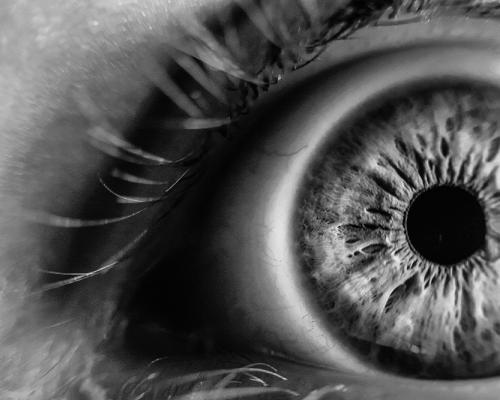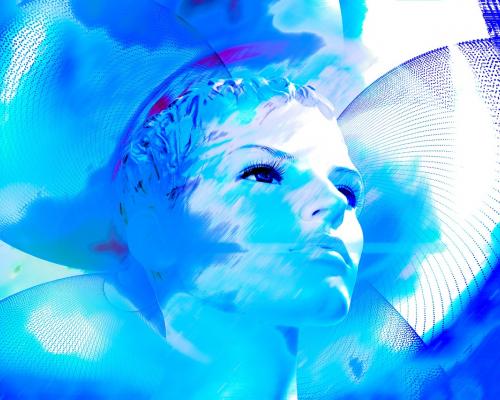HG in Practice
Primary school teaching assistant and HG Diploma graduate Kashfi Khan describes how she has applied the HG ideas in very practical ways, to the benefit of pupils, parents and teachers alike.
"I work with Year Two and Three children (6 and 7 year olds) and on World Book Day, I introduced my pupils to Idries Shah’s children’s stories, including ‘The Lion Who saw Himself in the Water’, ‘The Farmer's Wife’, ‘The Silly Chicken’ and ‘The Boy Without a Name’.
"The children were keen to make crafts for each story, and created a book together where they wrote down what they learnt from the stories. For example, the children who read ‘The Lion Who saw Himself in the Water’ told me how the lion made them feel more brave now.
"One girl said she is no longer scared of a wolf and see's it as a dog now. After a week she told me she is able to sleep better every night because before she would cry at the thought of a boy running after her and now when she goes to sleep she has a 'magic wand' which makes the boy disappear.
"This really shows the great impact of the teaching stories. I have taken photos of the crafts created, and our 'World Tales' display in our classroom.
"Another teaching assistant working with Year 3 and 4 EAL children (aged 7-9 years) in our school was interested in the teaching stories by Idries Shah and asked me if there's a book for reinforcement of positive behaviour. I suggested 'The Man with Bad Manners' and the teaching assistant subsequently told me the children could relate themselves to the man and were able to point out positive behaviours, and created good manner cards in their own language.
"It was amazing to see that the children, who usually find it difficult to retell a story, were more able to retell events from the stories with improvement in their development of the English language. And the stories helped them give solutions to their problems, including overcoming fear.
"In our classroom I have creative displays which relate to the human givens approach. For example, I asked my group of children to close their eyes and imagine a special place where they feel most relaxed. After the guided imagery I made notes of their special places and, using that information, I created a display board so when they enter my class they will feel calm and relaxed by having a look at it. One day I removed the board to see if it had any effect and the children asked me, ‘where is the rainbow board?’
"For the children to feel a sense of competence and achievement I created a ‘writers of the week’ display board. For children to feel a sense of status within social groupings, in our class I created a 'light up this class with kindness' display board, where the children write down a thank you message for their friend.
"I'm also working with older, Year 6, EAL children (aged 10–11 years). In one of the lessons they had to plan their own story. I used guided imagery with them, using all the senses where they could imagine what they can see, hear, touch, smell, taste. After the session they all felt relaxed and were able to work independently on their story planning sheet and had so many ideas.
"In the hallway outside our classroom, I have created a display with embedded suggestions. For instance, I have a mirror display which says 'mirror mirror on the wall, I wonder who is ready to learn?' I've heard children responding to this with their friends with, 'me!'
"I hope sharing this might help others interested in how human givens ideas can be introduced in Primary schools.”
4th May 2018
Latest Tweets:
Tweets by humangivensLatest News:
HG practitioner participates in global congress
HG practitioner Felicity Jaffrey, who lives and works in Egypt, received the extraordinary honour of being invited to speak at Egypt’s hugely prestigious Global Congress on Population, Health and Human Development (PHDC24) in Cairo in October.
SCoPEd - latest update
The six SCoPEd partners have published their latest update on the important work currently underway with regards to the SCoPEd framework implementation, governance and impact assessment.
Date posted: 14/02/2024











